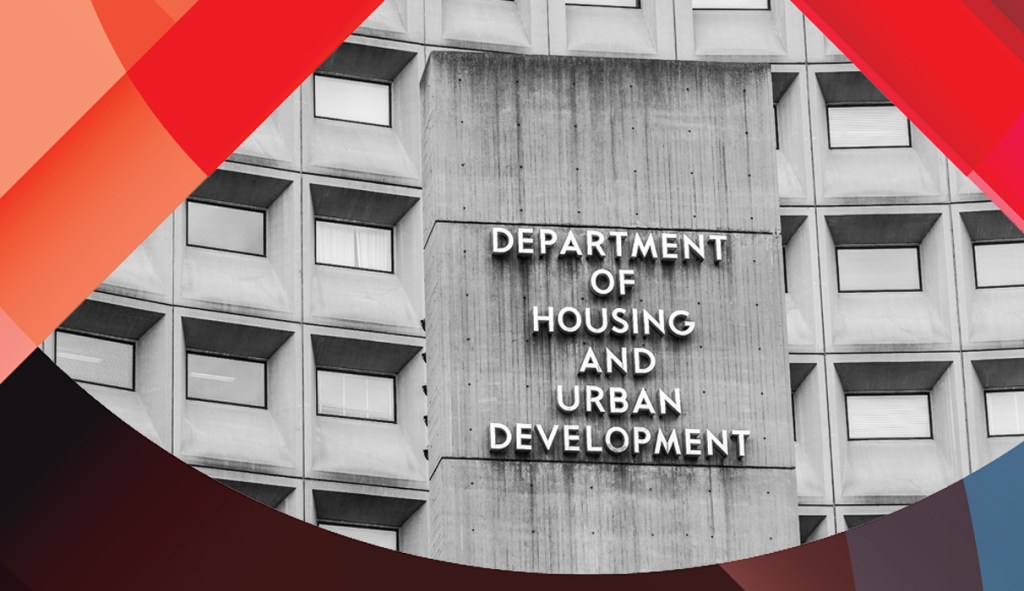
Soon after the Department of Housing and Urban Development released its Mutual Mortgage Insurance fund report, housing finance and policy experts opined on whether the Federal Housing Administration (FHA) should lower the fees it charges borrowers.
The fund, which insures mortgages backed by the Federal Housing Administration, benefited from the same macroeconomic factors that have boosted the broader mortgage market. The MMI fund’s capital ratio at the end of September rose nearly two percentage points to 8.03%, driven by rising home prices and low mortgage rates.
Although HUD could arguably lower its mortgage insurance premiums — which FHA requires its borrowers to pay — there is no sign it has altered its stance from earlier this year. In March, HUD Sec. Marcia Fudge said the agency had “no near-term plans to change FHA’s mortgage insurance premium pricing.”
To explain the agency’s reasoning in light of the fund’s stellar performance, HUD officials laid out uncertainties that could imperil it. There are still 660,000 seriously delinquent borrowers in the FHA portfolio, and the report raised the possibility that foreclosures could cause home prices to drop. Rising mortgage rates could also make loss mitigation options more expensive.
But several industry groups who represent lenders think now is the time for HUD to at least consider lowering its mortgage insurance premiums.
Bob Broeksmit, the CEO of the Mortgage Bankers Association, called on HUD to “expeditiously examine reductions” to the fees.
“HUD should focus on pricing changes that have the greatest impact on affordability and sustainability for borrowers, such as reductions to the annual premiums, while being mindful of the current delinquency levels in the FHA portfolio and the elevated number of borrowers who remain in forbearance,” said Broeksmit.
The Community Home Lenders Association, which represents independent mortgage banks, felt similarly.
“Today’s strong FHA financial report makes it clear that it is long past time to end FHA’s Life of Loan premium policy and reduce annual premiums,” said Scott Olson, executive director of CHLA. He noted that doing so would further the Biden administration’s racial equity agenda.
FHA caters to borrowers that are underserved by the conventional mortgage market. The share of FHA-backed mortgages made to Black and Hispanic borrowers are more than twice that of the rest of the market, HMDA data shows.
Cutting mortgage insurance premiums by 25 basis points would be an “easy layup,” said Robert Zimmer, a spokesperson for Community Mortgage Lenders of America, a trade association that lobbies on behalf of independent mortgage lenders, banks, and credit unions.
Pre-pandemic, Zimmer said, the recovery rate of seriously delinquent FHA borrowers was 50%. He also argued that supply constraints and high demand for housing would keep the fund from dipping below its statutory minimum of 2%.
“High housing premiums across the board … harm those on the economic margins the most,” Zimmer said. “These creditworthy families remain priced out of homeownership by insurance premiums too rich relative to actual risk.”
But others urged HUD to continue to pump the brakes on considering cuts to mortgage insurance premiums, at least for the time being. HUD officials said they expect to know more about how the seriously delinquent portfolio will perform in the coming months.
Those who favor the cautionary approach argue that, for the mortgage industry, and especially for FHA borrowers who have now gone more than 18 months without making any payment, the most difficult period may be yet to come.
Loss-mitigation tools that were developed for natural disasters are ill-equipped to make up for permanent loss of employment. How quickly historically low interest rates rise will determine how much loss mitigation costs. The distribution of federal relief funds will also determine how quickly homeowners behind on their mortgages can bounce back.
“We often forget that most of the foreclosures during the Great Recession did not occur in 2008, but in 2009, 2010, 2011 and later,” said David Dworkin, president of the National Housing Conference. “Particularly with the FHA portfolio, we have to recognize that the biggest challenge in terms of mortgages is just ahead of us.”
Dworkin added that while the Homeowner Assistance Fund is meant to help borrowers facing prolonged unemployment – who no longer receive cash payments and extended unemployment insurance – mitigating FHA loans can be expensive.
“It’s always easier to lower premiums than to increase them. It’s sound judgment on the part of Fudge to be cautious and hold off,” Dworkin said.
The Housing Policy Council, which represents mortgage lenders and servicers, commended Fudge’s stewardship of the MMI fund, and the decision to delay further consideration of a MIP adjustment until more is known about the outcomes of the FHA loans currently in forbearance or seriously delinquent.
Matt Douglas, vice president of mortgage policy at the Housing Policy Council, said that once the share of seriously delinquent borrowers has been reduced, HUD could then take a more holistic look at its mortgage insurance premiums, including the upfront fee and the annual fee for the life of the loan.
But now, he said, when home prices are rising precipitously, is not the time for FHA to lower the mortgage insurance premium.
“FHA has a key role as a countercyclical player,” said Douglas. “When the mortgage market is struggling, they stay in the game.”





